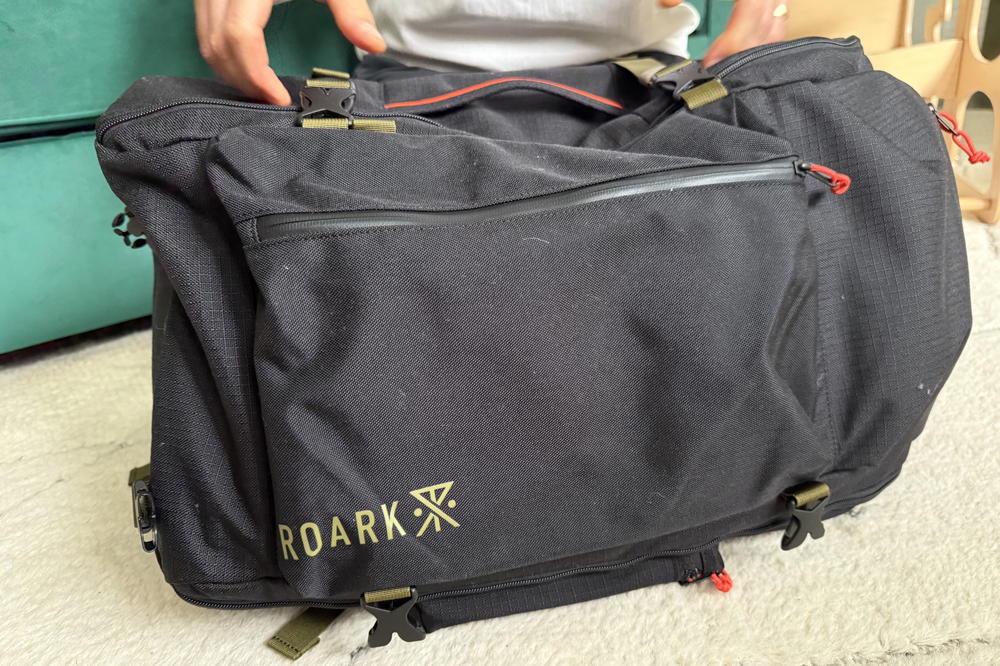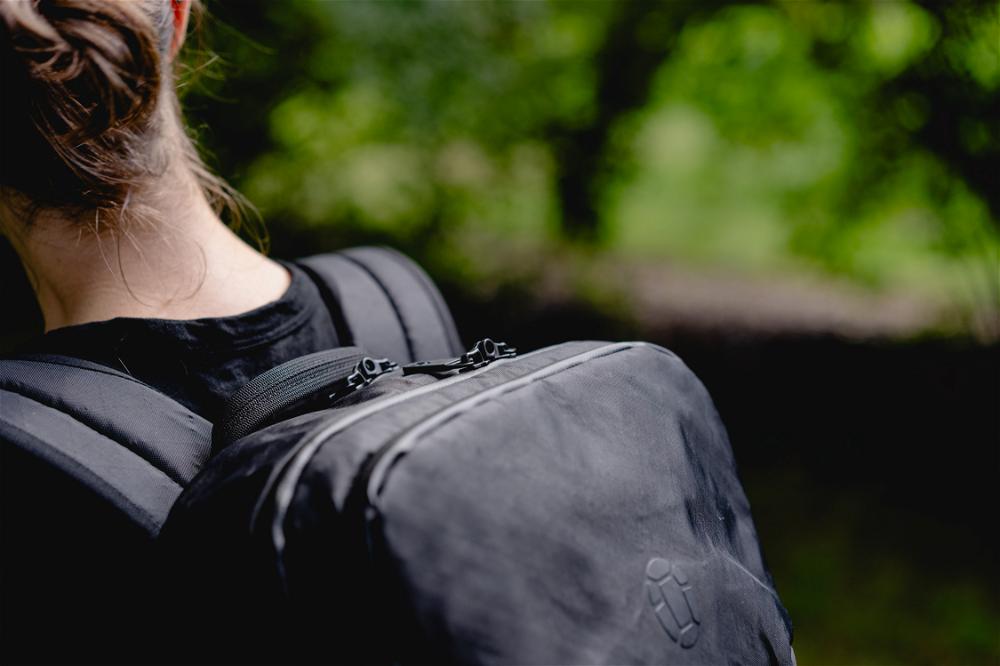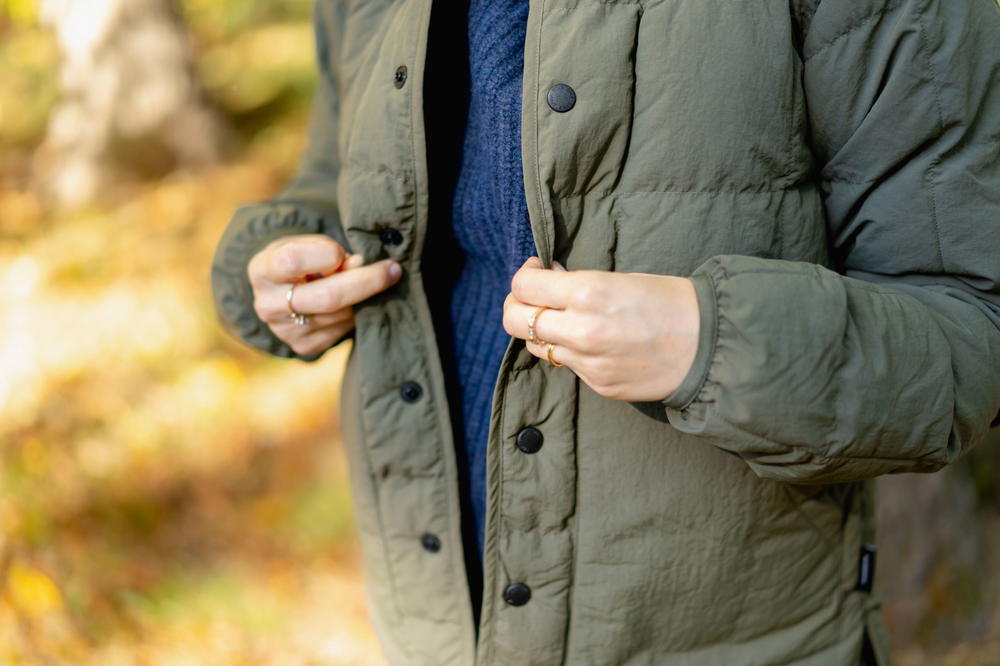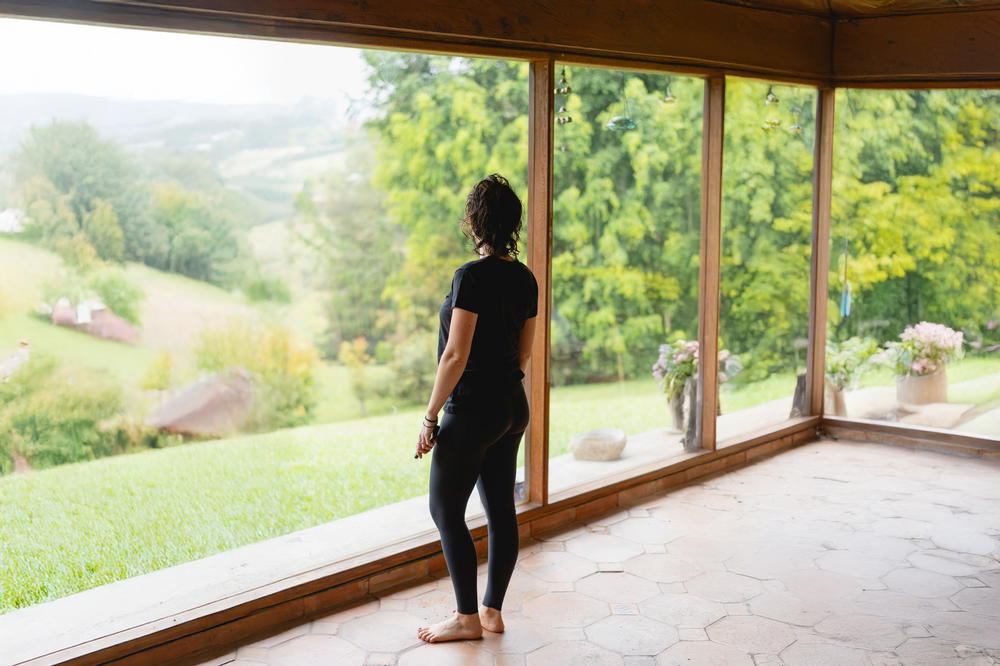Water Resistant Shoes Review Criteria
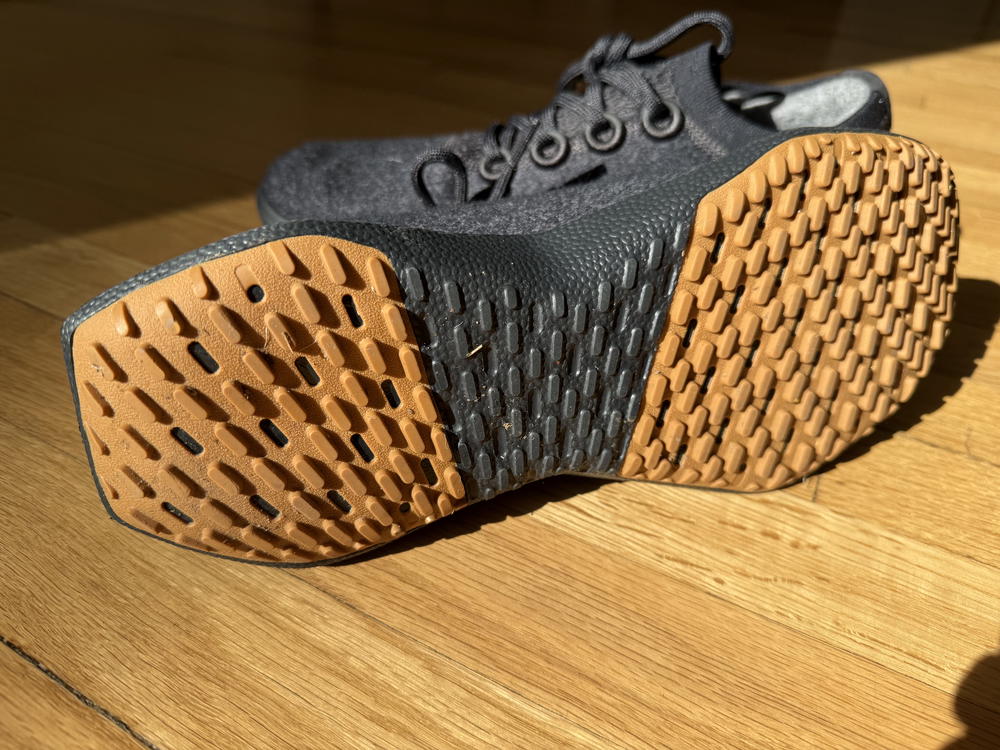
See how we score water resistant shoes across detailed criteria with weighted ratings.
This article may contain affiliate links. We earn a small commissions when you purchase via those links — and it's free for you. It's only us (Becca & Dan) working on this website, so we value your support! Read our privacy policy and learn more about us.
Table of contents
- Scoring Overview
- All-day comfort (11%)
- Support & stability (9%)
- Fit & sizing consistency (8%)
- Breathability & moisture control (11%)
- Water resistance performance (15%)
- Traction on different surfaces (11%)
- Weight & balance on foot (7%)
- Dry-time speed (7%)
- Packability in luggage (7%)
- Durability over time (9%)
- Insole quality & replaceability (3%)
- Style & outfit versatility (7%)
- Overall value for price (3%)
- Related Reviews
- Where to go next
This page details the specific criteria we use when reviewing water resistant shoes. Each criterion has a weight that contributes to the overall score. Learn more about how our scoring system works.
Scoring Overview
Each criterion below is weighted as a percentage of the total score. We evaluate each product on a scale of 1 to 5 for every criterion, then multiply by the weight to calculate the final rating.
All-day comfort (11%)
Travel means long walking days, so comfort must be excellent. I’m evaluating cushioning tuned for pavement walks, checking pressure distribution along the forefoot and heel. I’m testing interior lining comfort since water-resistant materials are often softer than waterproof equivalents. I’m checking flexibility that doesn’t compromise comfort. I’m assessing blister avoidance in humid or light-wet conditions. Water-resistant shoes should feel like all-day travel sneakers, not weather armor. The question is whether you can walk all day without wanting to take them off.
Support & stability (9%)
Support matters more when you’re carrying luggage or walking with kids. I’m evaluating arch support quality since weak arches fail fast on long days. I’m checking heel stability on slopes or uneven sidewalks because travel involves unpredictable terrain. I’m testing midsole stiffness versus flexibility balance. I’m assessing lateral stability when stepping around puddles or cracks. I’m evaluating secure footing when walking with luggage. Support separates shoes that work for travel from shoes that work for errands.
Fit & sizing consistency (8%)
Water-resistant shoes aren’t useful if they only fit perfectly at home. I’m evaluating true-to-size predictability since sizing varies wildly between brands. I’m checking toe box room, especially when feet swell on long flights because feet expand during travel days. I’m testing fit across different foot widths. I’m assessing how the fit changes after hours of walking. Travel shoes must accommodate swelling, movement and long wear without causing problems.
Breathability & moisture control (11%)
This is a major differentiator versus waterproof shoes. Water-resistant shoes are usually chosen for better breathability, so I’m scoring accordingly. I’m evaluating airflow in warm and humid climates. I’m testing sweat evaporation rate since wet feet cause blisters. I’m checking moisture-wicking interior linings. I’m assessing odor resistance because you’ll wear these shoes repeatedly on trips. I’m evaluating performance in transitions between indoor AC and outdoor humidity. The question is how well the shoe vents during a city walk without trapping heat and moisture.
Water resistance performance (15%)
This is the defining feature of water-resistant shoes. They don’t need to survive downpours, but they must confidently handle incidental moisture. I’m evaluating performance in light rain, mist and puddle splashes. I’m testing DWR coating effectiveness. I’m checking resistance at seams and the toe box. I’m assessing splash protection on urban surfaces. I’m evaluating drying time after getting wet. I’m testing performance after months of use to see how long the DWR treatment lasts. This is the confidence level of being able to walk through light rain without worrying about your feet getting soaked.
Traction on different surfaces (11%)
This is one of the most important categories for water-resistant shoes. Traction is make-or-break in rainy cities. I’m evaluating wet pavement grip, which is critical for safety. I’m testing cobblestone and brick traction since many destinations use cobblestones. I’m checking performance on tile floors inside stations, restaurants and hotels. I’m assessing light gravel or dirt path grip. I’m testing slip resistance when shoes get slightly wet. I’m also evaluating confidence walking quickly while carrying bags. Poor traction makes travel stressful and dangerous.
Weight & balance on foot (7%)
Water-resistant shoes tend to be lighter than waterproof options, so I’m refining this category. Heavy shoes destroy long travel days. I’m evaluating all-day walkability without fatigue. I’m testing flexibility that permits natural stride. I’m checking swing weight when moving quickly. I’m assessing balance on slopes or uneven terrain. Lightweight water-resistant shoes should feel nimble, not clunky. The question is whether they feel light and efficient after several hours of wear.
Dry-time speed (7%)
This is more important than with waterproof shoes because water-resistant shoes will eventually get wet. Quick drying is a major advantage for travel. I’m evaluating how quickly the upper dries after light wetting. I’m testing overnight drying performance since you might need them the next day. I’m checking whether the materials dry dramatically faster than waterproof alternatives. I’m assessing moisture retention in the lining. Some water-resistant materials dry much faster than others, and that matters when you’re moving between destinations.
Packability in luggage (7%)
A good water-resistant shoe reduces the number of pairs you bring. I’m evaluating bulk footprint inside luggage. I’m testing compressibility since some shoes collapse better than others. I’m checking weight contribution to carry-on limits. I’m assessing ability to replace multiple shoe types, working for casual use, walking and light rain protection. Travel shoes should pack efficiently without taking up valuable luggage space.
Durability over time (9%)
Durability is especially important for travel in mixed climates. I’m evaluating longevity of DWR or water-resistant treatments since those degrade over time. I’m testing fabric abrasion resistance from cobblestones, trains and buses. I’m checking toe cap and upper scuff resistance. I’m assessing sole wear during heavy walking since travel involves far more distance than typical use. I’m testing stitch integrity. I’m also evaluating how well they handle repeated wet and dry cycles. Travel shoes face abuse that lifestyle sneakers never see.
Insole quality & replaceability (3%)
Many water-resistant shoes succeed or fail based on insole quality. I’m evaluating removable insoles for custom orthotics since some travelers need specific support. I’m testing cushion longevity to see if the insoles compress quickly. I’m checking moisture and odor resistance because insoles trap smells fast. I’m assessing arch support tuning. I’m also evaluating whether replacement insoles are available and affordable. Good insoles extend shoe life and improve comfort.
Style & outfit versatility (7%)
The best water-resistant shoes blend into any itinerary. I’m evaluating whether they work with jeans, chinos, casual pants and travel clothing. I’m testing appropriateness for museums, cafés and semi-casual environments. I’m checking neutral, versatile colorways. I’m assessing whether they look overly technical unless that’s the intent. Travel shoes should blend into different environments without looking out of place.
Overall value for price (3%)
Where does this land on price versus what you’re actually getting? I’m evaluating longevity since water-resistant shoes should last multiple trips. I’m testing performance relative to cost. I’m checking replacement cost and comparing against competitor sets. I’m assessing whether the features justify the price tag. Build quality, durability and versatility all factor into whether it’s worth the cost.
Related Reviews
Here are our reviews of water resistant shoes that use these scoring criteria:
- Allbirds Men's Wool Dasher Mizzle Review: Water-Repellent Comfort
- Allbirds Wool Pipers Review: Trendy, eco-friendly and comfy
- Allbirds Men's Wool Runner-up Mizzles Review: Should you get them?
Where to go next
- Return to the Review Scoring System overview
- Go to our Gear Reviews for everything that we’ve reviewed.
- Contact us or work with us.
🎒 Found the right gear?
We research and test the gear we recommend, so you can pack with confidence. If our suggestions improved your gear picks, treating us to a coffee keeps the reviews coming.
Help us test more gearYou may also like
-
![]()
Vessi Weekend Sneaker Review: Lightweight Waterproof Comfort for Travel
I've been wearing the Vessi Weekend Sneaker for 4 months, and it's become my go-to everyday waterproof sneaker for travel. Here's why this lightweight, machine-washable shoe works so well.
-
![]()
Roark 55L Mule Bag: My Thoughts on This Travel Backpack (What to Know)
In this review of the Roark 55L Mule Bag, I'm mainly talking about the benefits of this travel backpack, as well as the shortfalls, so that you can know more about its intricacies before you buy. Also, see comparisons to other popular travel backpacks.
-
![]()
Bellroy Tech Kit Review: A Thin Tech Bag for Minimalist Travel
I test out the Bellroy Tech Kit to see how it compares to other travel tech pouches. See my thoughts on the best of this tech organizer and where it could improve.
-
![]()
Tortuga Laptop Backpack Review: An Essential Personal Item for Travel?
In this review, I check out the Tortuga Laptop Backpack as a travel bag for working remotely and traveling. Is this travel bag worth it as a personal item or day pack?
-
![]()
Finisterre Women's Lapwing Jacket Review: My Sustainable Travel Coat
In this honest review, see how I got to know the Lapwing Jacket from Finisterre's women's line and why I use it to top off a cold-weather look when I travel.
-
![]()
Free Fly Women's All Day Pocket Legging Review: Ultra-Soft Travel Leggings
I always pack the Free Fly Women's All Day Pocket Leggings and these are some of the softest, most comfortable travel leggings I've worn. The phone pockets, super stretch and second-skin feeling are perfect for trips.

